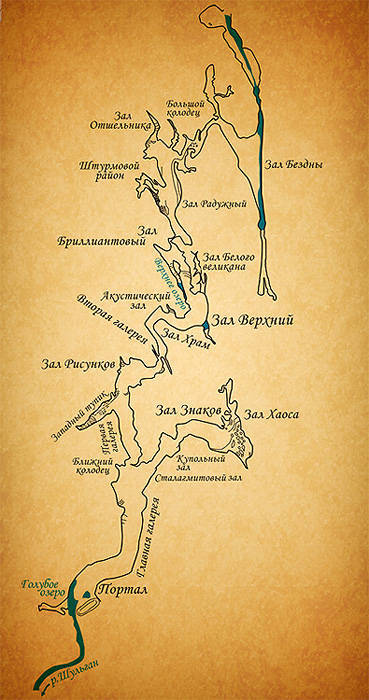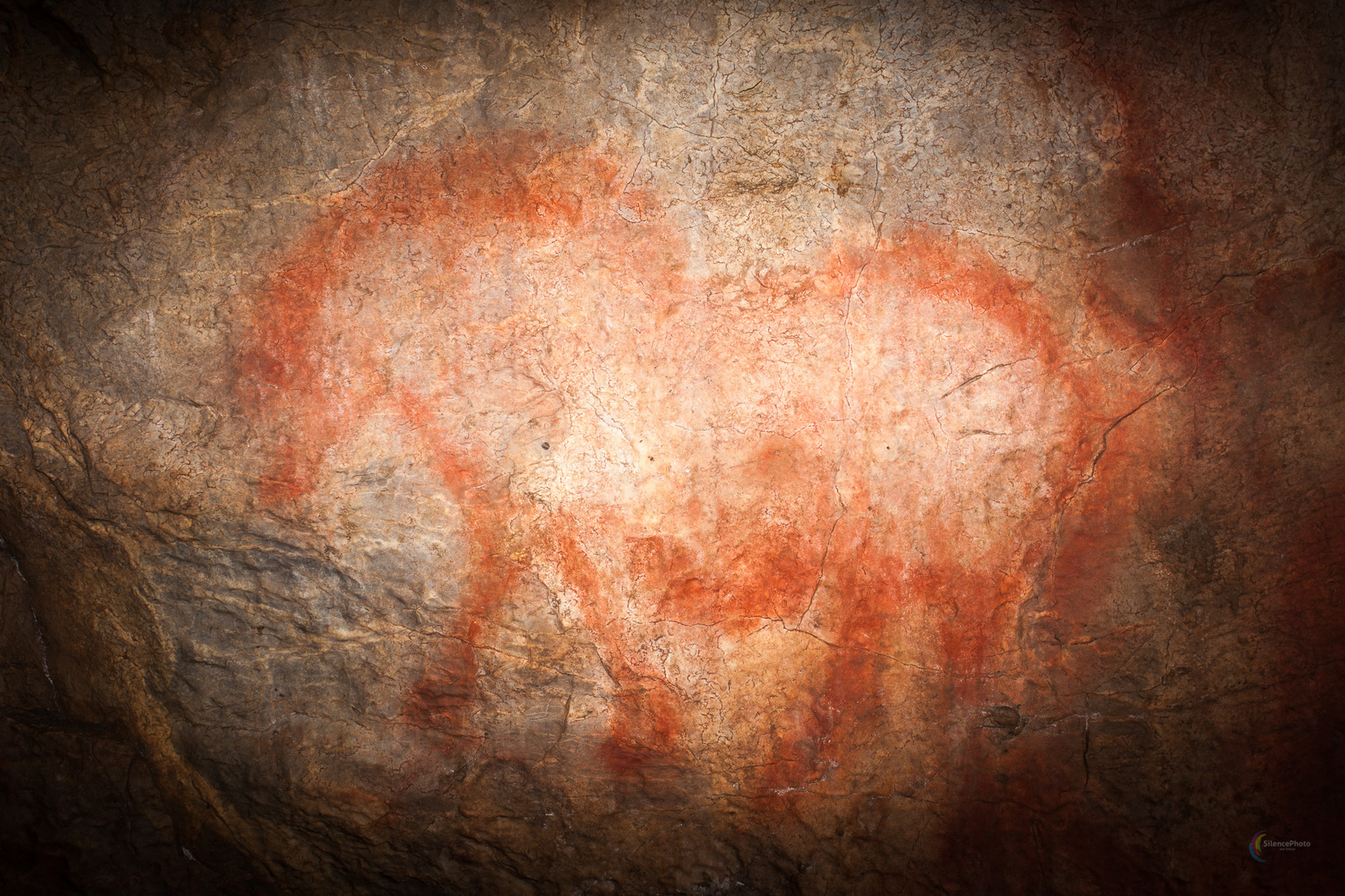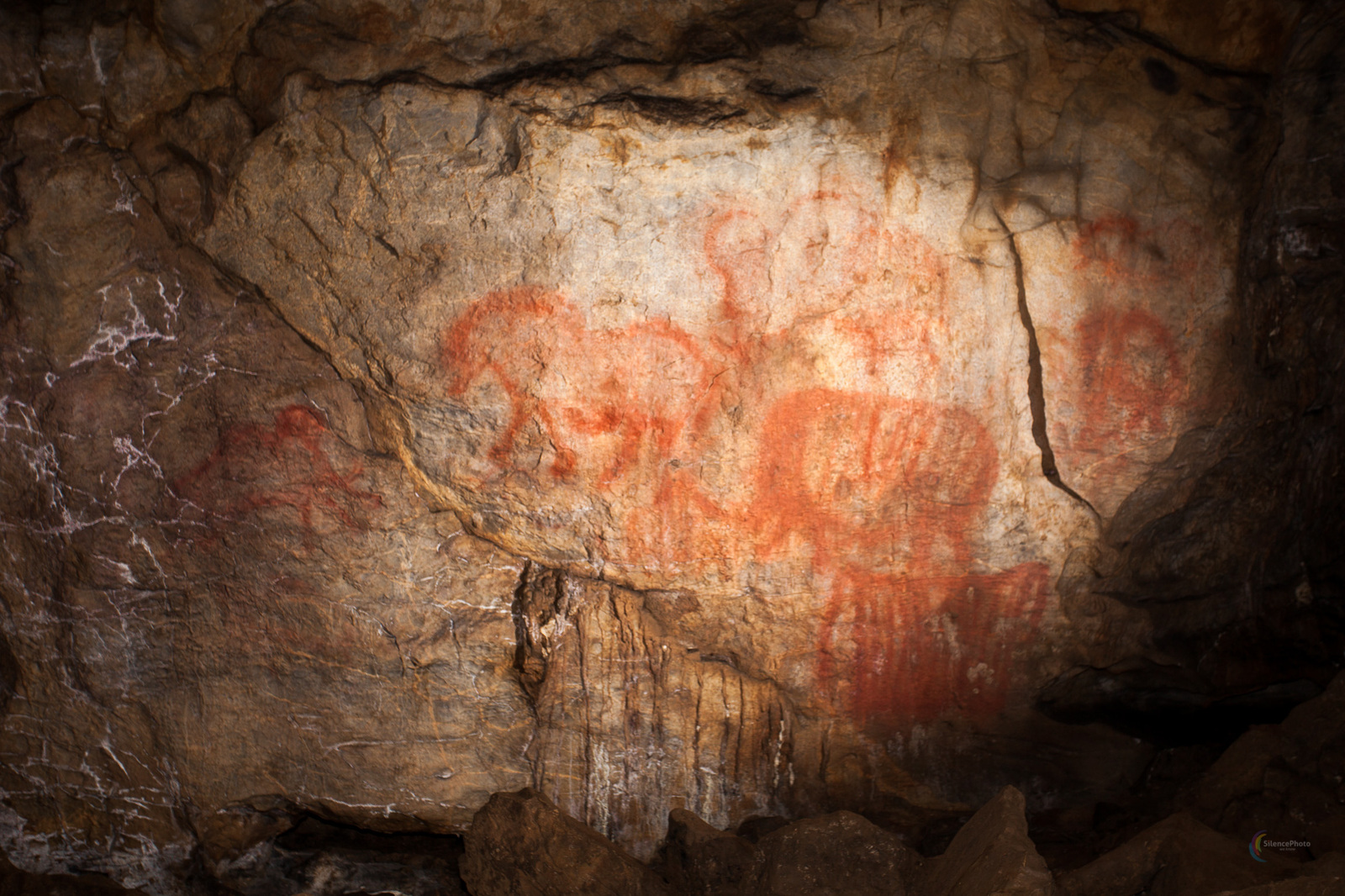Kapova cave is the most famous in the Urals and one of the largest karst cavities.
There are several versions about the origin of the name of the cave. Either it came from a drop from the ceiling characteristic of the cave, or from the word "temple".
The second, no less common, name of the cave is the Bashkir Shulgan-Tash. The word "tash" in Bashkir means "stone", and Shulgan - "disappeared", this is a river flowing out of the cave and flowing into the Belaya (Agidel) River. The word "Shulgan" is directly related to Bashkir beliefs. In the famous epic "Ural-batyr" Shulgan is the brother of the protagonist, the ruler of the underworld.
By the way, the Shulgan river first flows on the surface, only 2.5 kilometers north of the entrance to the cave it disappears in a ponora and then flows underground, in cave cavities.
The cave is located on the territory of the Burzyansky district of the Republic of Bashkortostan, in the Shulgan-Tash nature reserve, on the southern slope of Mount Sarykuskan on the right bank of the Belaya River.
The entrance to the cave will impress any tourist. This is a huge arch 20 meters high and 40 meters wide. To the left of the entrance is Blue Lake, from which the Shulgan River flows. The lake is small - only about three meters in diameter, but its depth is more than 80 meters! This is a favorite place for divers. True, you can dive only with the permission of the administration of the reserve. Outwardly, the water is transparent, but it is not suitable for drinking due to abundant mineral impurities. But these same mineral impurities make it useful for water baths.
The cave is very long. Its length is about three kilometers. It consists of three floors. It has huge halls, corridors, galleries, underground lakes, the underground river Shulgan (it was she who formed this miracle of nature), siphon underwater cavities. A unique stalagmite three meters high and about eight meters wide at the base has been preserved in the cave.
The length of the first floor of the cave is small - about 300 meters. To climb to the second floor, you need to overcome a high vertical well. One can only guess how the ancient man who left the rock paintings got there.

On the lower floor of the cave, the Shulgan River flows, continuing to work on new cave cavities.
For the first time, the Kapova cave was described by the famous scientist-researcher of the Southern Urals P.I. Rychkov. Interestingly, in his work, Rychkov mentioned that he had found a “dry human head” in a cave.
The cave became widely known due to the discovery in it in 1954 by the zoologist A.V. Ryumin ancient rock paintings. Scientists date them to the Paleolithic era. The age of the drawings is huge - 14-14.5 thousand years. The number of drawings is about two hundred, but only about three dozen are relatively well preserved. The size of the drawings is extremely large - from 44 to 112 centimeters. Almost all drawings are made in red ocher, but there are also much rarer ones made in charcoal. Ancient people depicted mammoths, horses, other animals, anthropomorphic figures, as well as more difficult to interpret signs on the walls of the cave.


The discovery of Ryumin in 1954 became a real sensation in the scientific world. After all, then it was believed that the drawings of extinct animals of the Paleolithic era are found only in France and Spain. It turned out that no less developed people lived in the Urals at that time than in Europe.
This fame had a detrimental effect on the cave. Some unscrupulous tourists in many places scribbled the walls of the cave, broke off beautiful sinter formations - stalactites, stalagmites, cave pearls and other calcite formations. The drawings were also damaged. As a result, in 1971, the entrance to the cave was banned. Metal bars were installed here, lockable.
Unfortunately, under the influence of external factors, many drawings are now gradually dying. Scientists are still struggling with the question of how to preserve the unique heritage of our distant ancestors. For greater safety of the drawings, tourists are not allowed to visit them. Those wishing to see the rock art will have to be content with life-size copies of the drawings in the entrance grotto of the cave.
However, due to the change in the microclimate of the cave due to the abundance of sightseers in the entrance part of the cave, the drawings, which were kept for about 15 thousand years, are becoming increasingly dim and may soon be lost.
During excavations in one of the grottoes with rock paintings, archaeologists discovered human skulls. And there were no skeletons. Scientists have suggested that ancient people buried the heads of especially revered fellow tribesmen separately from cases, emphasizing their significance in such a peculiar way. Most likely, these are the heads of leaders and shamans. Kapova cave in ancient times was a real sanctuary. Important rituals were performed there.
In addition to skulls, stone tools, ocher, coals, and ash were found in the cave. These finds are 15-17 thousand years old.
Scientists carefully study the cave: its karst, flora and fauna, insects, microorganisms. There are bats in the cave. It is curious that even fish were found in the underground river. And what else - taimen, grayling, minnow, which, apparently, penetrated into the underground flooded cavities through the Shulgan, which flows into the Belaya River.
Kapova Cave is one of the most famous tourist attractions in Bashkiria. In addition to it, there are several more caves and other interesting objects nearby. The most famous cave near Kapova Cave is the Mammoth Grotto.
The Shulgan karst canyon passes near the cave. Its length is about three kilometers, during which you can see dry land with karst funnels and small lakes.
In the same gorge, literally 100 meters from the entrance to the Kapova cave, there is the Shulgan waterfall. It is a ledge 5 meters high, from which water falls. The waterfall is most beautiful and impressive, of course, in the spring, when there is a lot of water in it.
Despite the nature reserve of the territory, sightseers are willingly allowed here.
